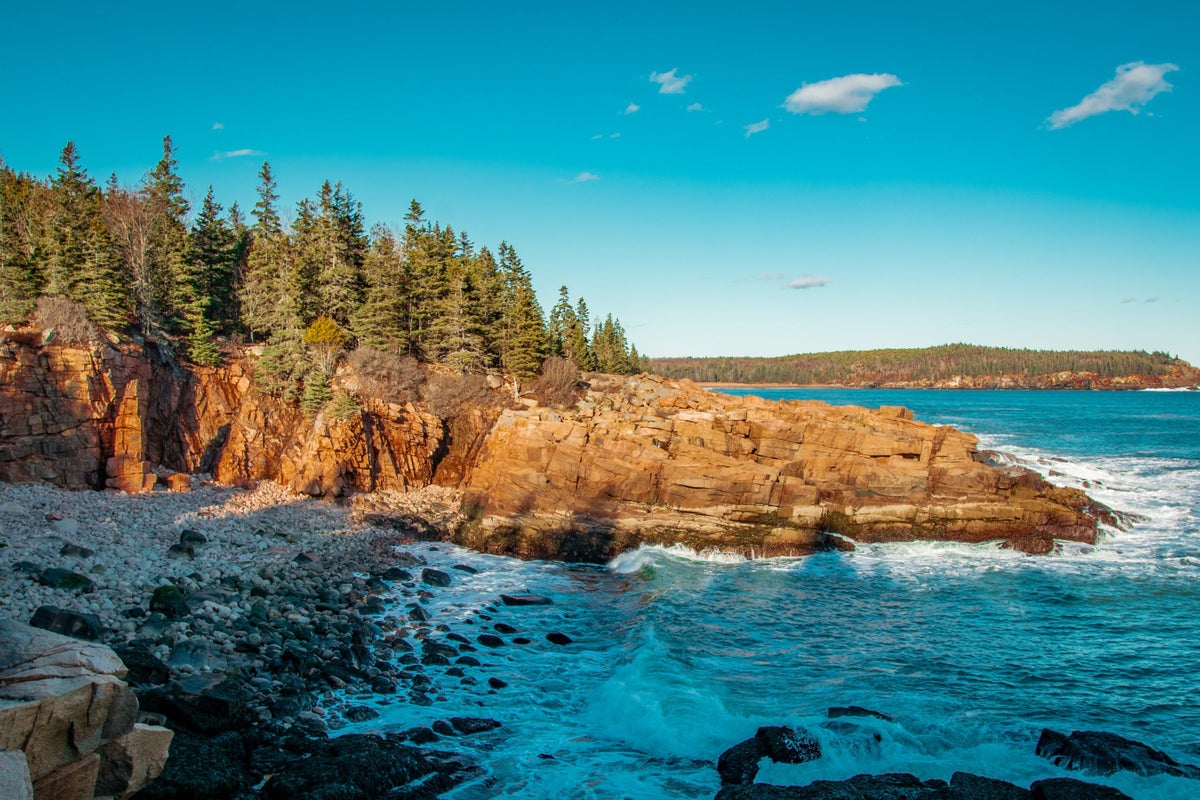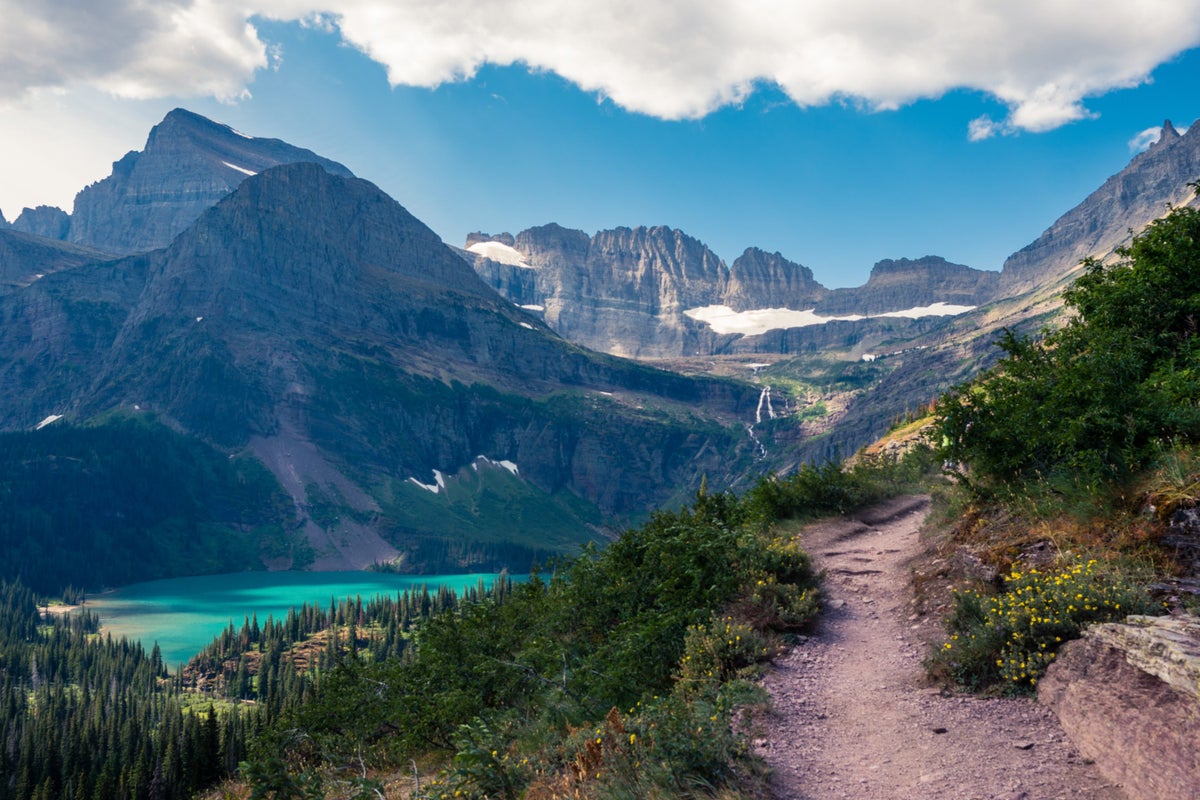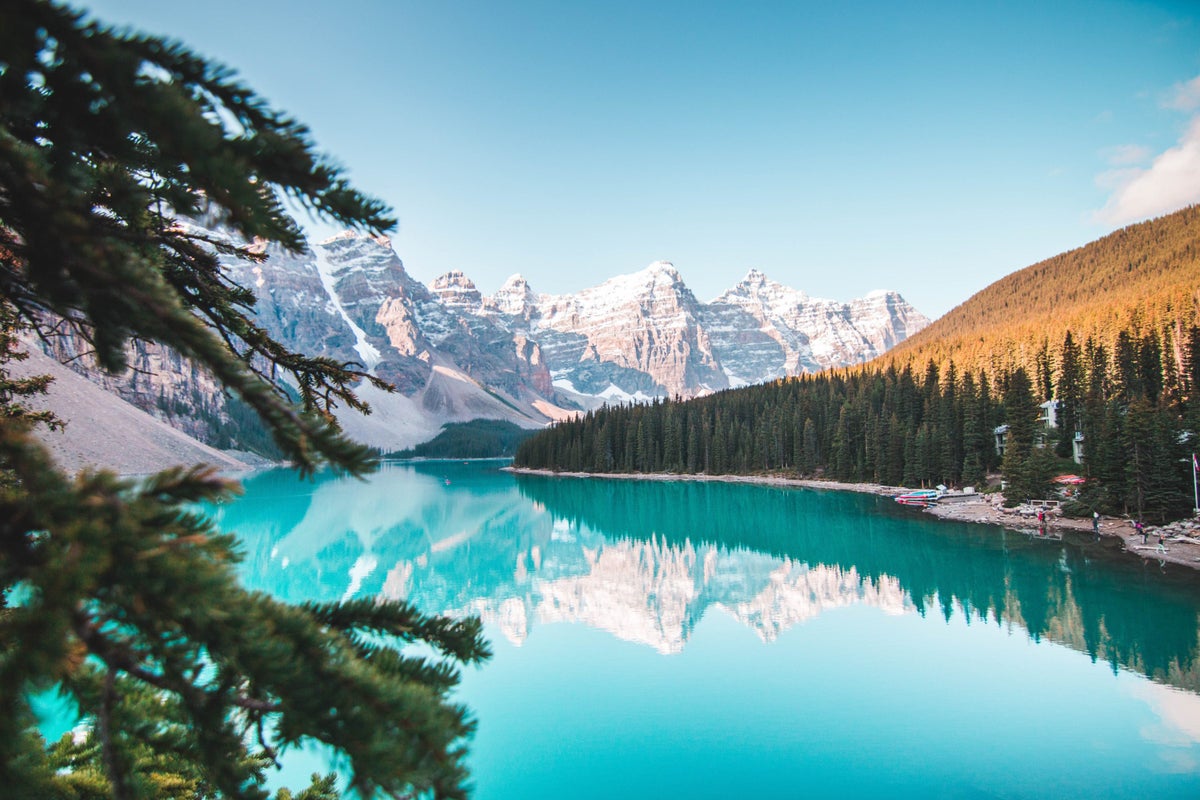Amar Hussain
Amar Hussain
Senior Content Contributor
867 Published Articles
Countries Visited: 63U.S. States Visited: 9
Amar is an avid traveler and tester of products. He has spent the last 13 years traveling all 7 continents and has put the products to the test on each of them. He has contributed to publications incl...
Edited by: Juan Ruiz
Juan Ruiz
Senior Editor & Content Contributor
704 Published Articles 1084 Edited Articles
Countries Visited: 49U.S. States Visited: 32
Juan Ruiz is a leading travel journalist and expert in credit cards and loyalty programs. For over a decade, he has turned complex rewards and travel strategies into clear, actionable insights. His wo...
& Keri Stooksbury
Keri Stooksbury
Editor-in-Chief
109 Published Articles 3824 Edited Articles
Countries Visited: 54U.S. States Visited: 28
Editing with Upgraded Points for over 6 years, as editor-in-chief, Keri manages the editorial calendar and oversees the efforts of the editing team and over 20 content contributors, reviewing thousand...
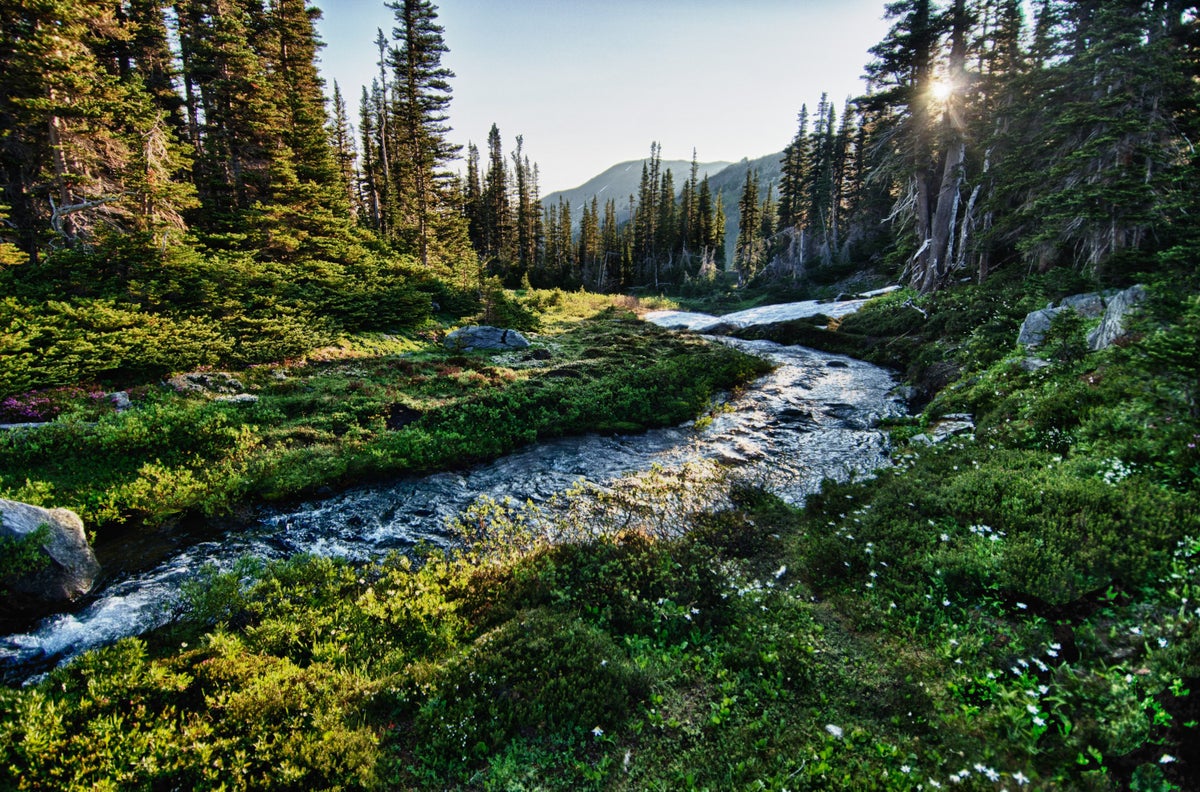
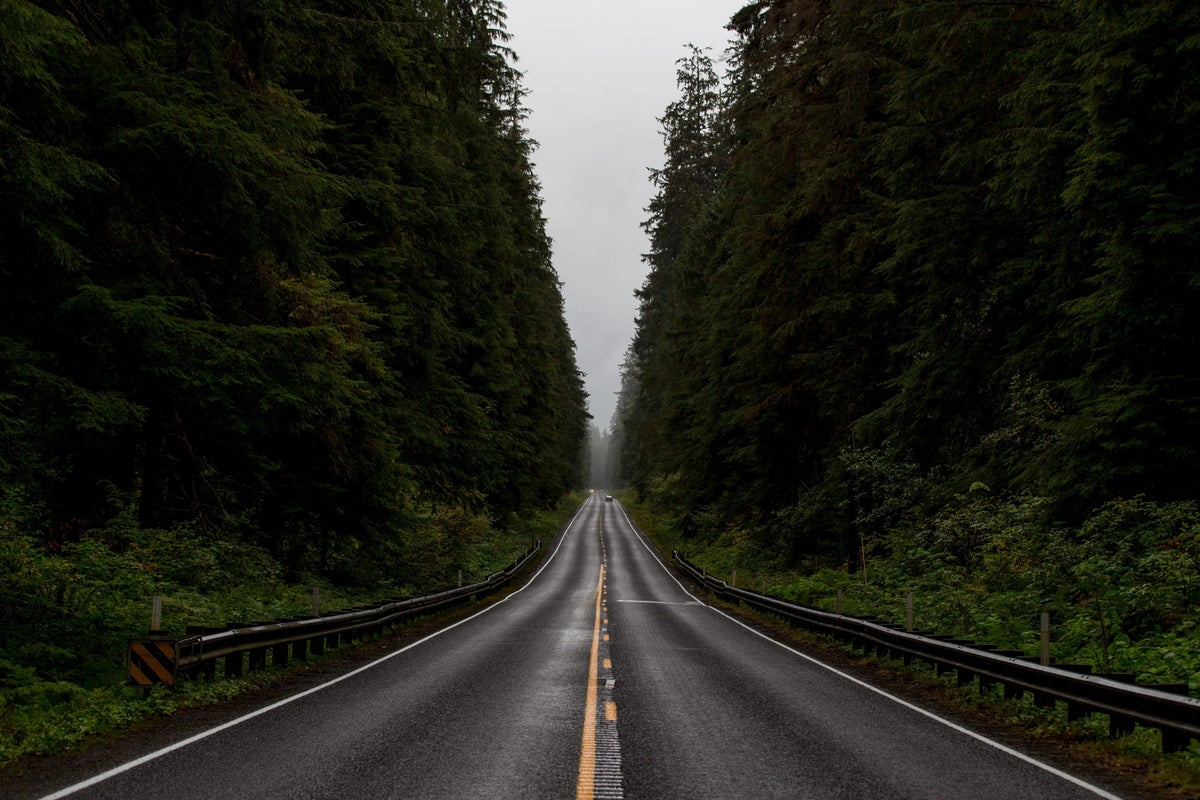
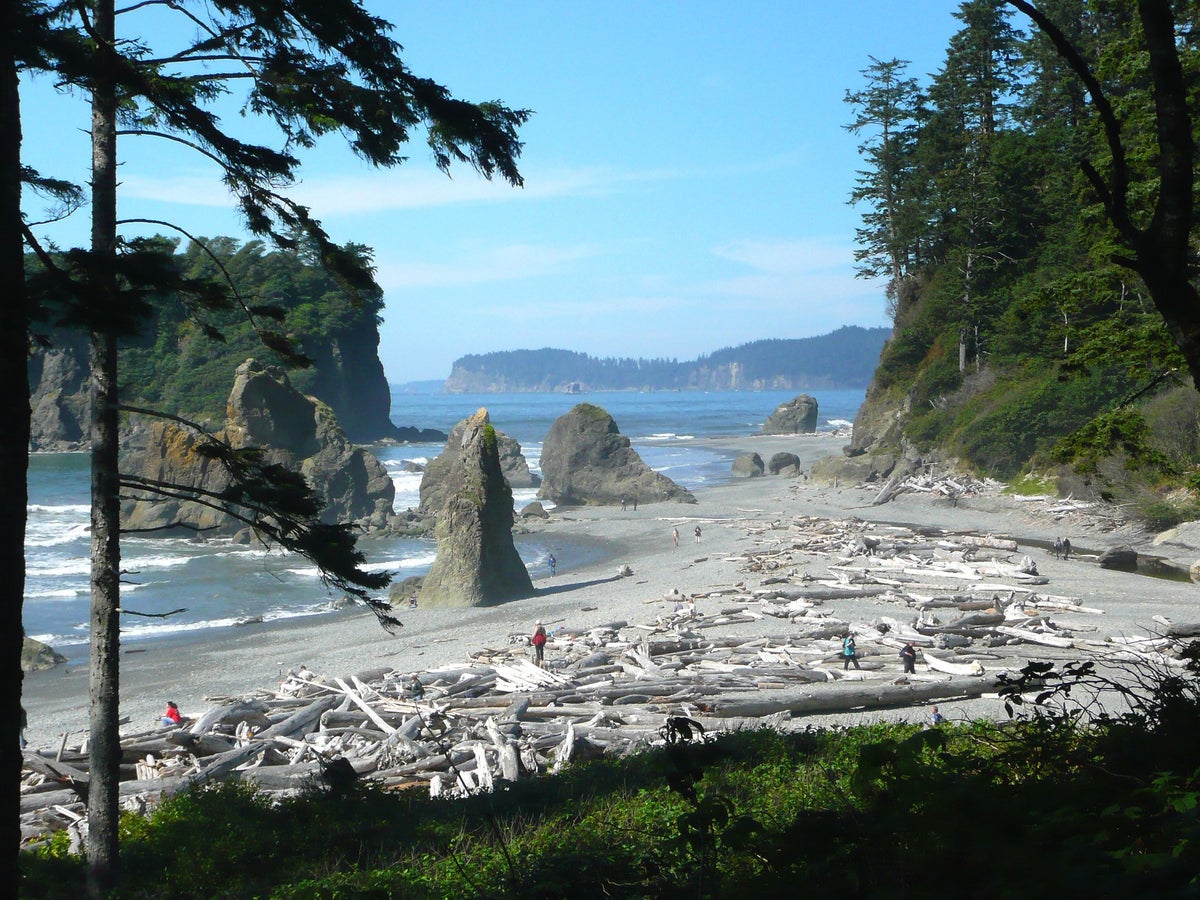
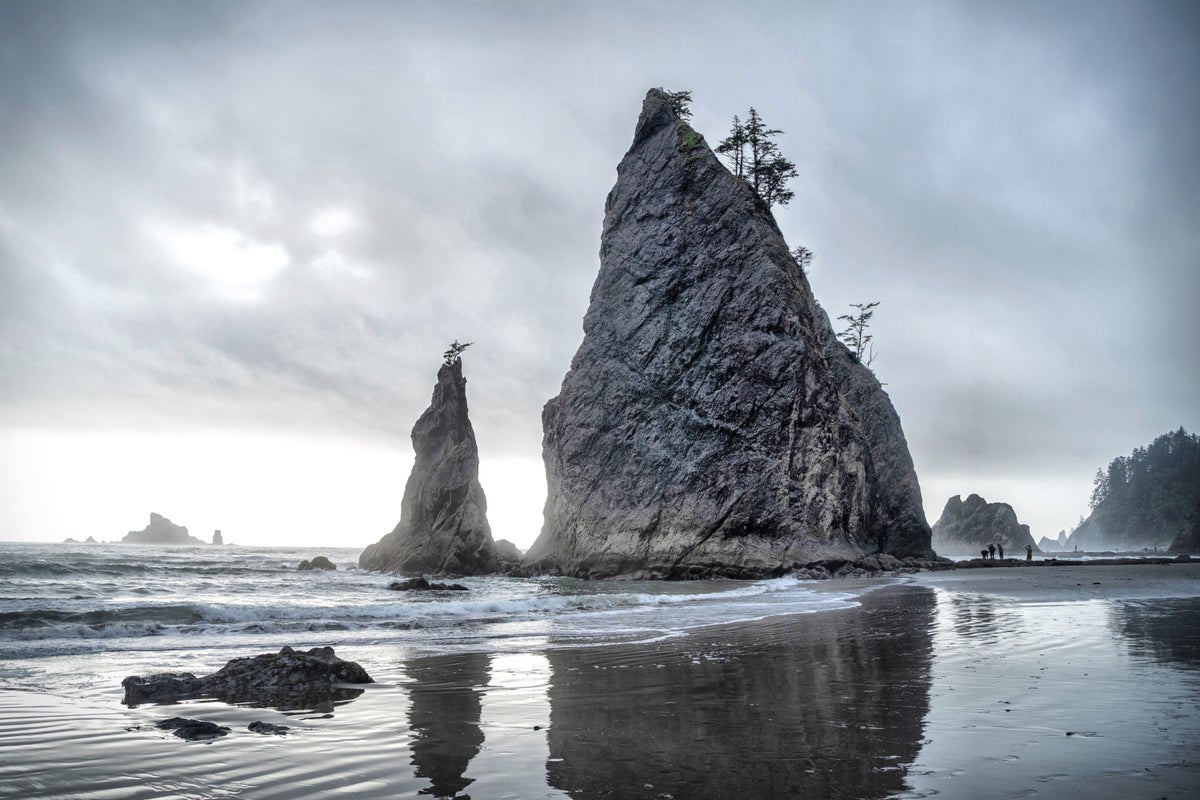
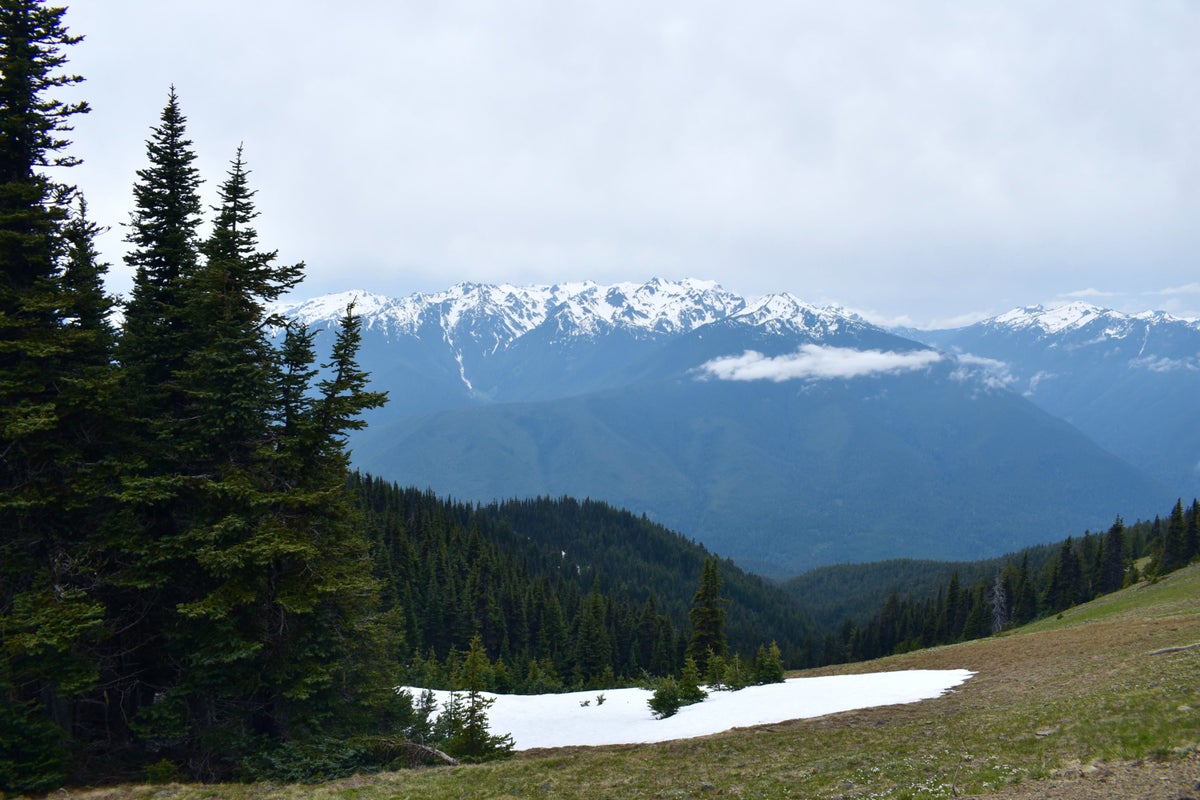
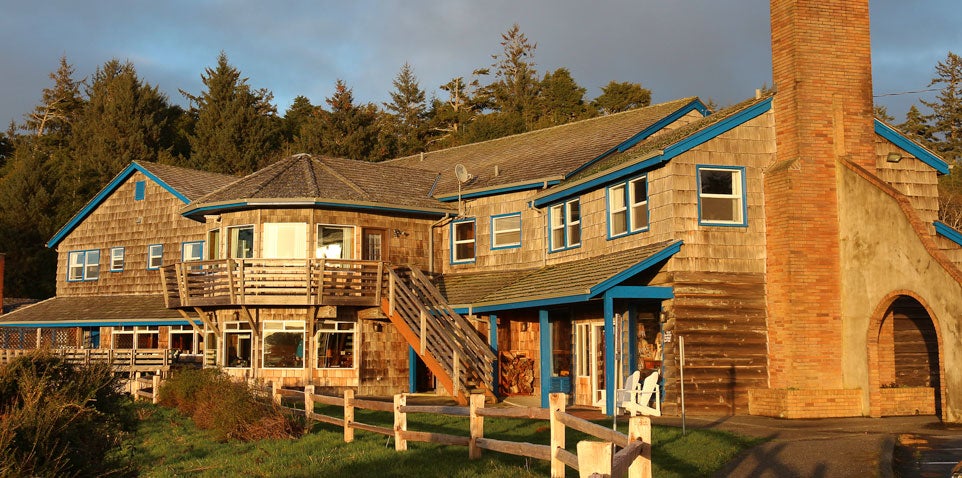
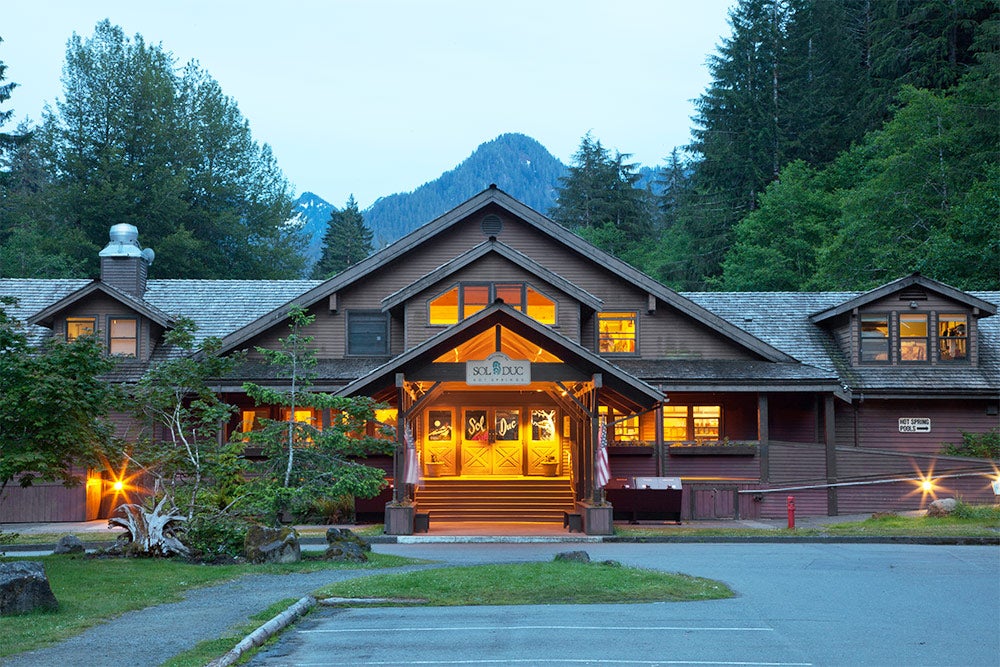
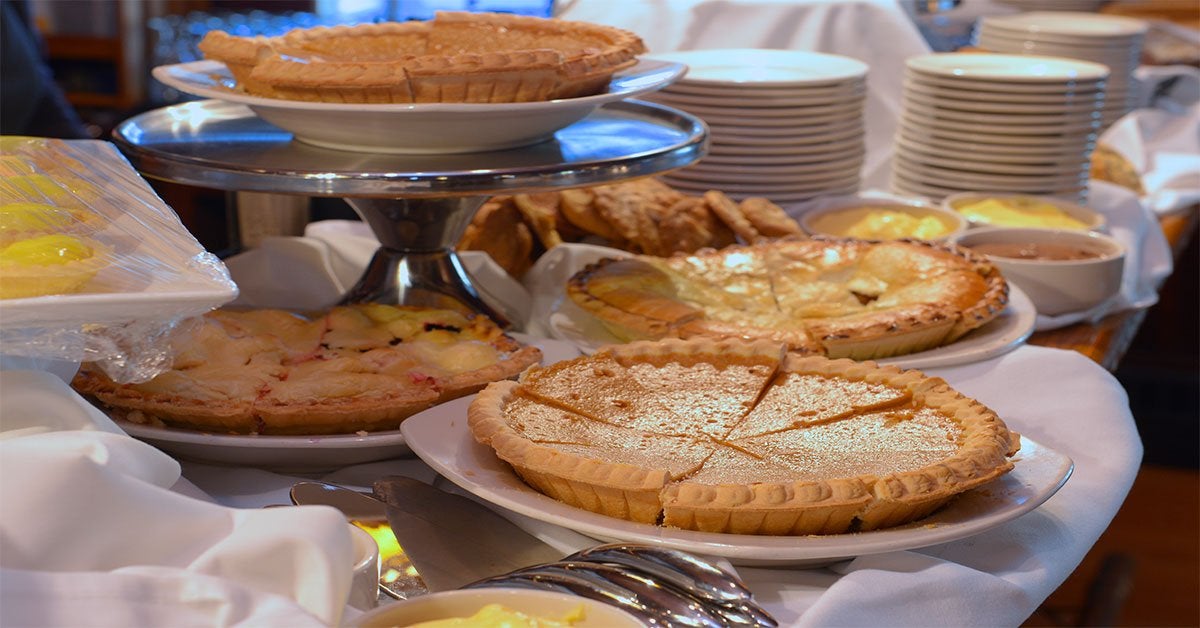
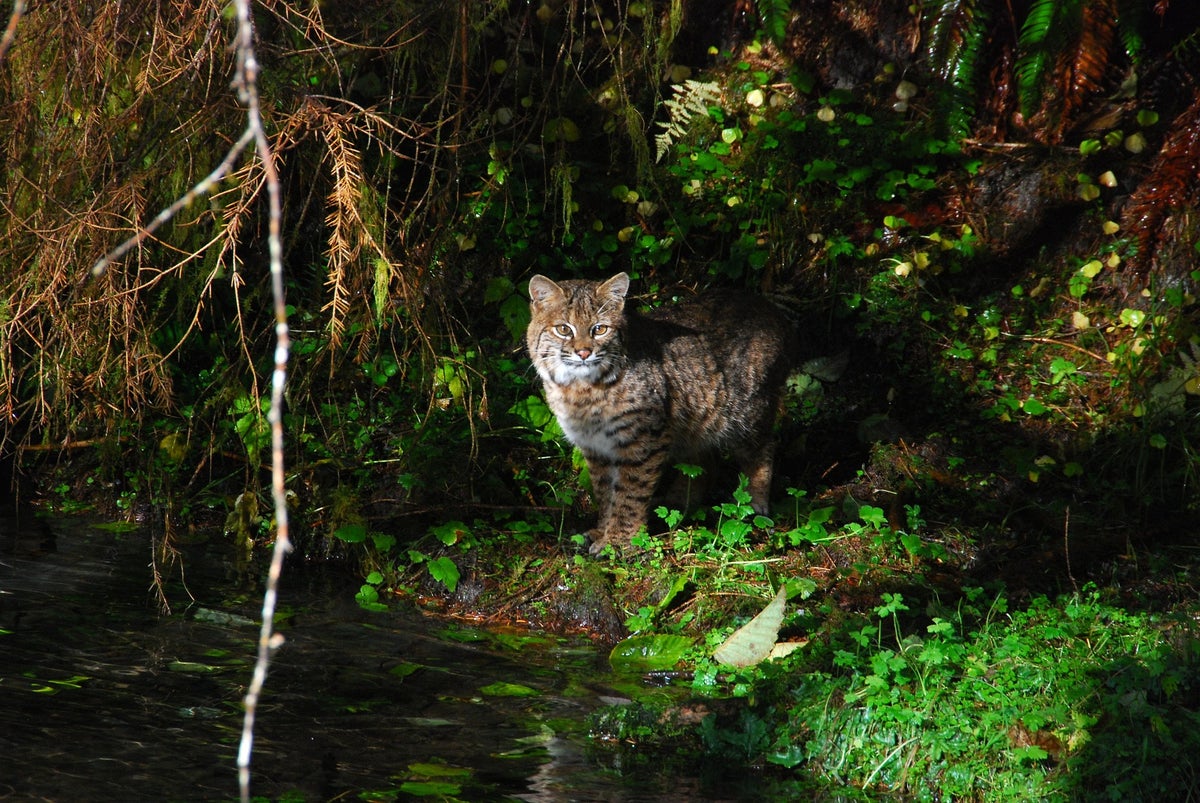
![Virtual Tours of the 63 Iconic U.S. National Parks [2024]](https://upgradedpoints.com/wp-content/uploads/2022/11/Arches-National-Park-View.jpg?auto=webp&disable=upscale&width=1200)
